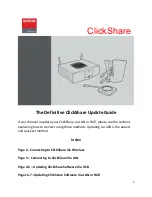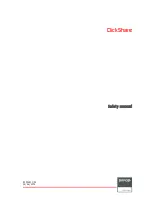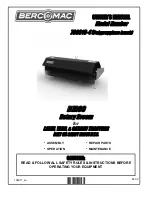
Copyright Velocomp LLP 2005-2013
16
Crank Stroke Plot
All cyclists know that their bike is propelled down the road by the power
(Propulsion Power) they apply to the pedals. And many cyclists know that
the bulk of their propulsion power comes unevenly during each crank
stroke—only a small portion of their propulsion power is applied at the top
and bottom of the crank stroke, and most propulsion power is applied
between.
What’s much less obvious is that the cyclist must ALSO supply power to
wobble the bike side-to-side, and front-to-back. Because this power does
NOT move the bike down the road, it is wasted effort: Wasted Watts.
The Crank Stroke plot focuses on the bike’s forward-and-back wasted
motion of the bike, during a crank turn. Indeed, this forward/back motion
captures the pulsating motion of the cyclist’s body. The cyclist weighs much
more than the bike, so small motions of the cyclist's body results in larger
motions of the bike. There is a spring-like push-pull pulsation between
cyclist and bike that creates the unique pattern shown in the Crank Stroke
Plot. If the bike and rider had no spring-like motion, the bike and rider
would move with the small and gentle pulsation pattern as shown in by the
green line in the Crank Stroke Plot, as the legs exert torque and accelerate
the bike and rider down the road.
Aided by the Crank Plot, the training goal is to minimize excessive forward-
and-back pulsations caused by the cyclist’s spring-like body motion, and to
make the overall motion of the bike close to the ideal of smooth, even
acceleration and deceleration caused by application of power to the pedals.










































